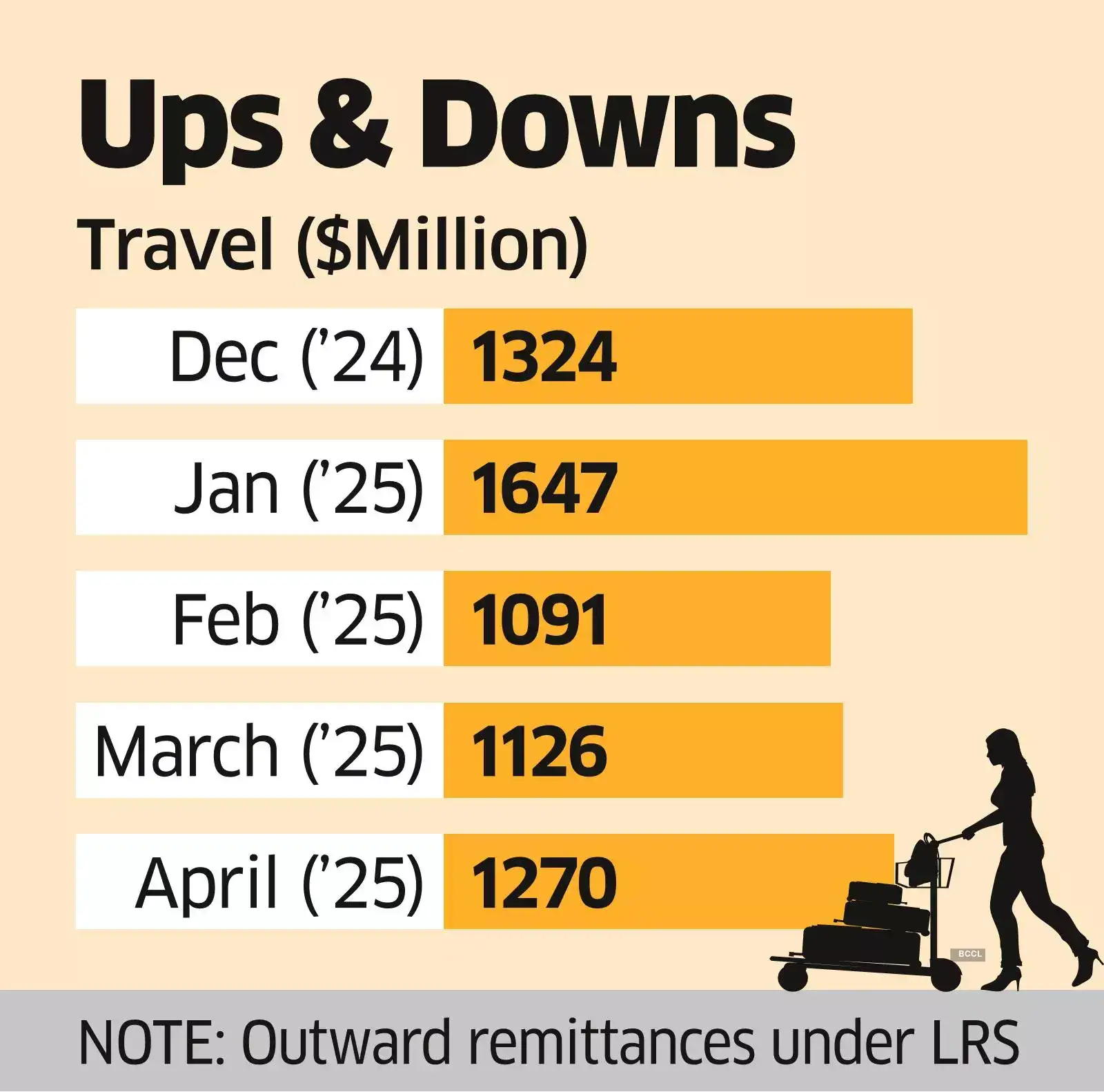Context:
Indians working overseas have sent back a record-breaking $135.46 billion in remittances during the financial year 2024–25, marking a significant 14% increase over the previous year’s figure of $129.4 billion. The Reserve Bank of India (RBI) released the data under the "private transfers" category, emphasizing the growing economic contribution of the Indian diaspora to the country's economy.
A Key Factor for rising remittance:
India’s overseas workforce has expanded remarkably over the decades. The number of Indians working abroad has tripled from 6.6 million in 1990 to 18.5 million in 2024. This surge has pushed India’s share of the global migrant population from 4.3% to over 6%.
A significant portion of Indian migrants—around 50%—are based in Gulf Cooperation Council (GCC) countries like the UAE, Saudi Arabia, and Qatar. The strong demand for Indian labor, especially in construction, services, healthcare, and IT, has contributed to sustained remittance flows from the region.
The Economic Significance of Remittances
Remittances play a crucial role in India’s macroeconomic stability:
- They are vital for foreign exchange reserves, helping reduce the current account deficit.
- Remittances support millions of families, especially in states like Kerala, Uttar Pradesh, Bihar, and Punjab.
- The funds also boost local consumption and investment, indirectly supporting rural and urban economies.
In FY25, remittances accounted for more than 10% of India’s total foreign exchange inflows, underlining their importance.

About Private Transfers in the Balance of Payments (BOP):
In the BOP, private transfers refer to one-way (unilateral) transactions between individuals or non-governmental organizations across countries, with no exchange of goods, services, or financial assets in return. These include remittances, migrants' transfers, and gifts or donations.
Key Points:
· Unilateral in nature: No reciprocal transaction occurs.
· Private vs. Official: Private transfers involve individuals or NGOs; official transfers involve governments.
· Examples: Money sent home by workers abroad, personal gifts, and funds moved during migration.
· BOP Placement: Recorded under the current account, within current transfers.
Looking Ahead
The continued rise in remittance inflows is a testament to the resilience and prosperity of the Indian diaspora, even amid global economic uncertainties. With increasing mobility, better earning opportunities abroad, and favorable policies, India is well-positioned to retain its global leadership in remittance receipts.
However, to sustain this growth, experts recommend:
- Strengthening diplomatic and labor agreements with Gulf and Western countries.
- Reducing transaction costs and improving digital payment infrastructure.
- Offering more investment avenues and financial products tailored for NRIs.
Countries that received the most remittances globally in 2024:
India tops the list of recipient countries for remittances, followed by-
- Mexico: $68 billion
- China: $48 billion
- Philippines: $40 billion
- Pakistan: $33 billion
Conclusion
The remittance story of FY25 underscores not just the economic value of India’s diaspora but also the need to engage them more deeply in national development. With the right support structures, India can turn this financial flow into long-term capital for inclusive growth.






